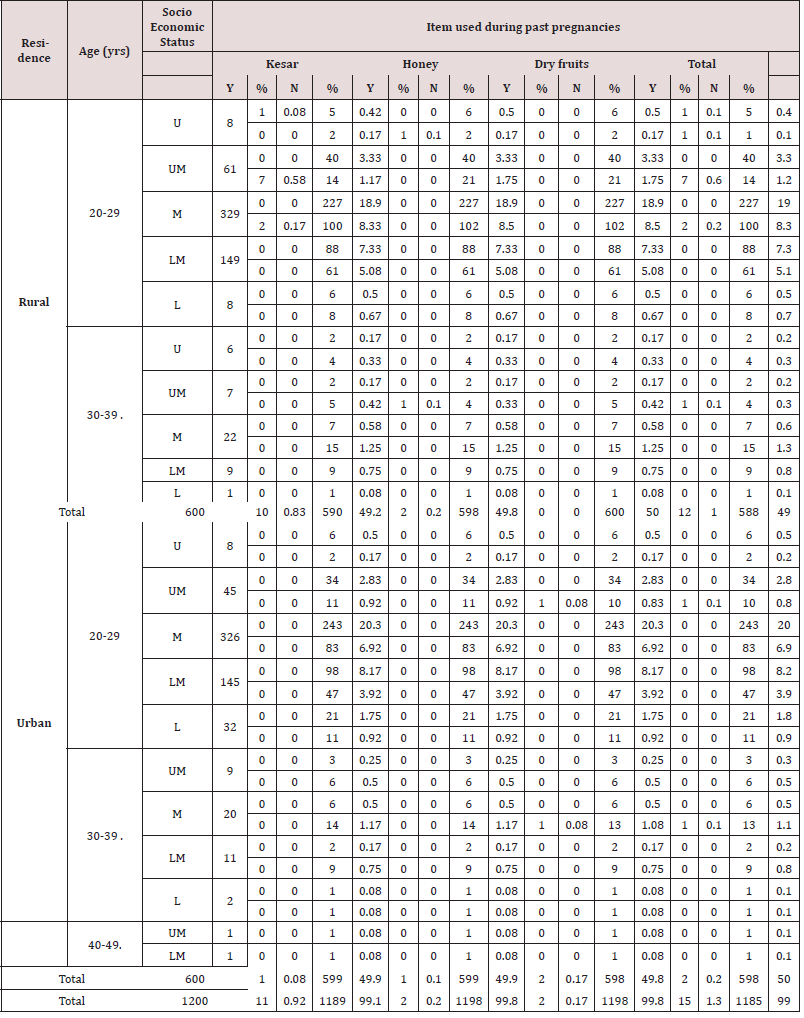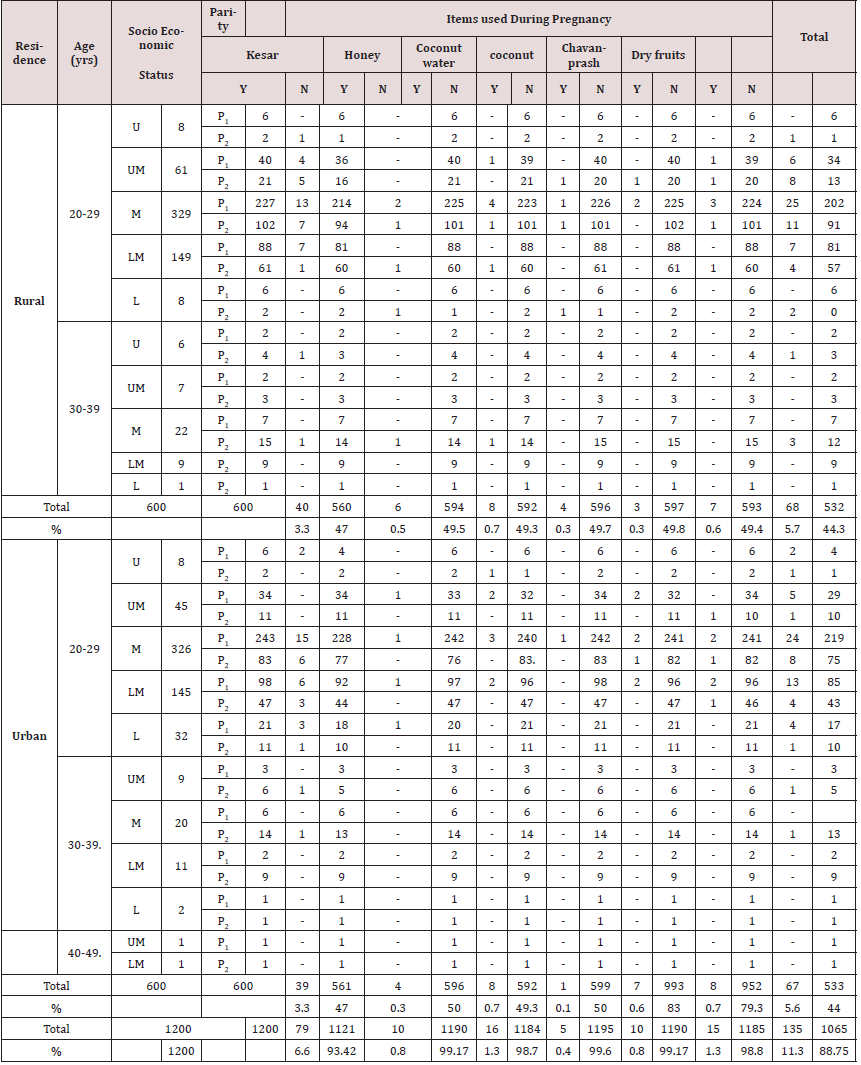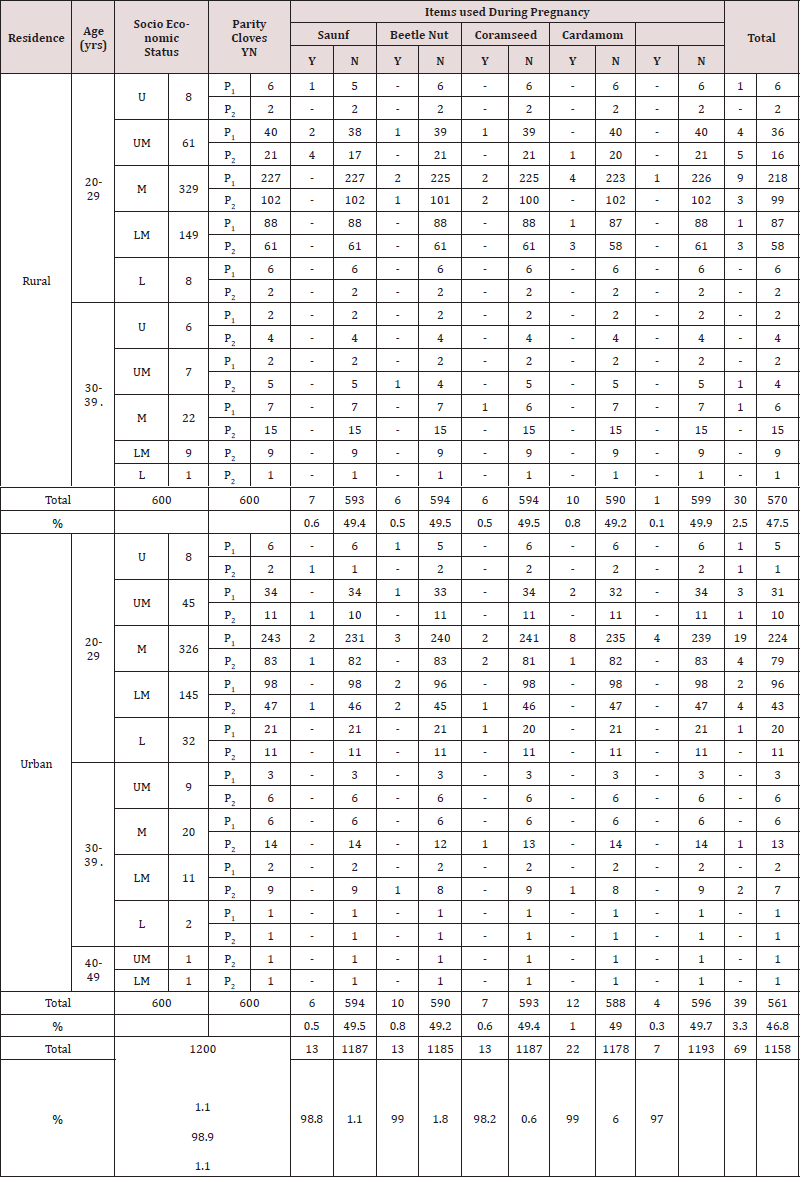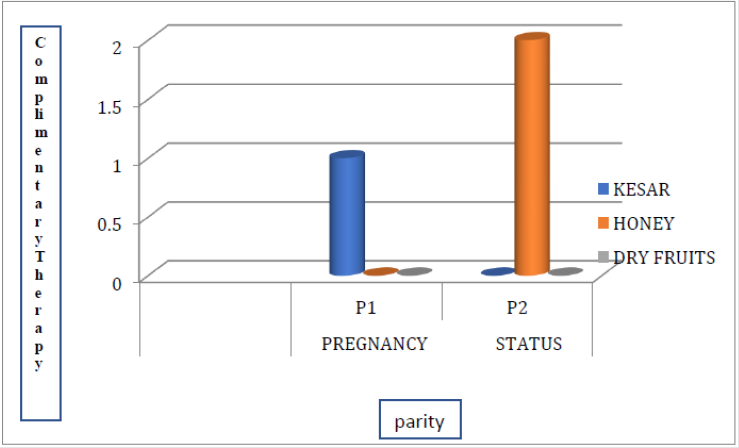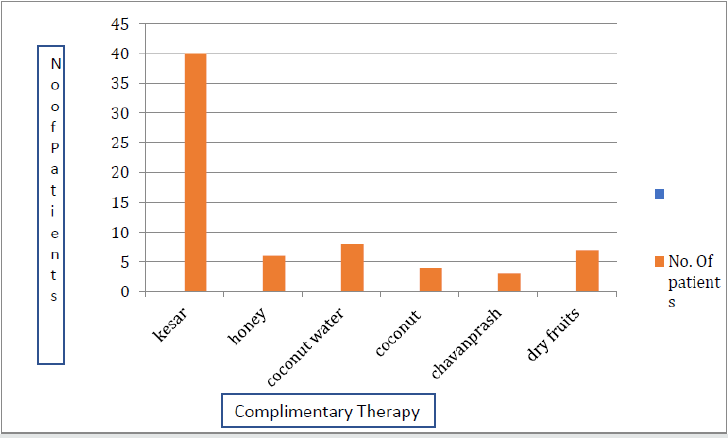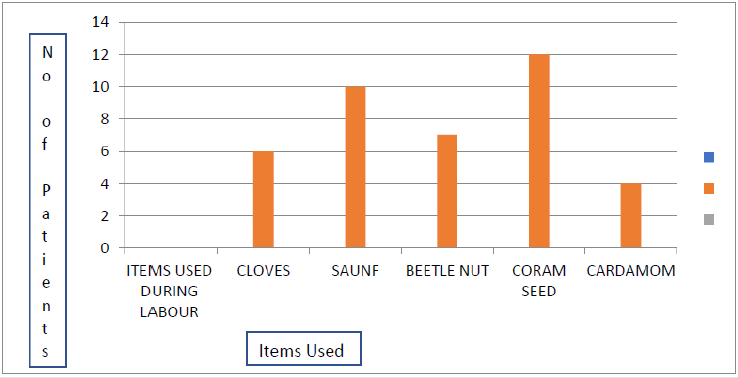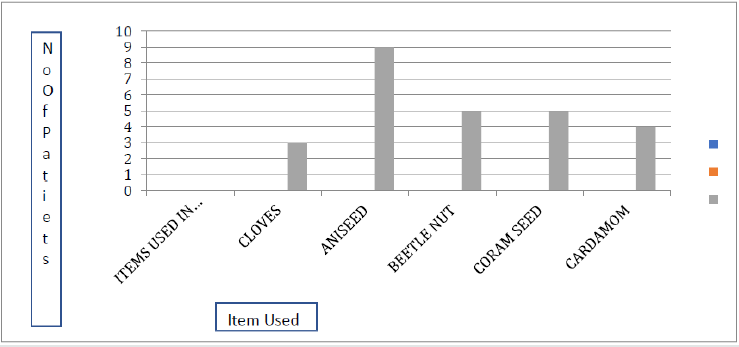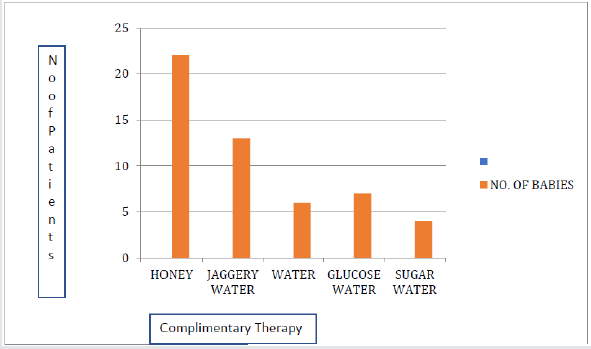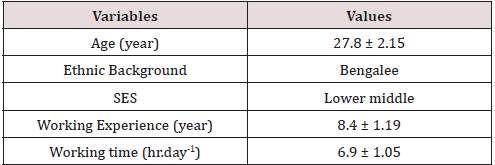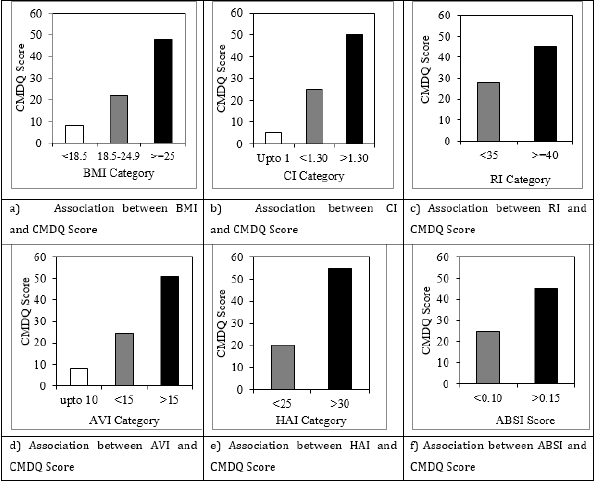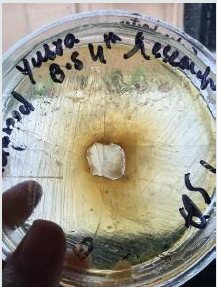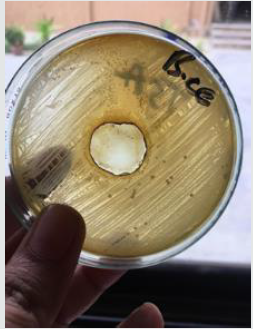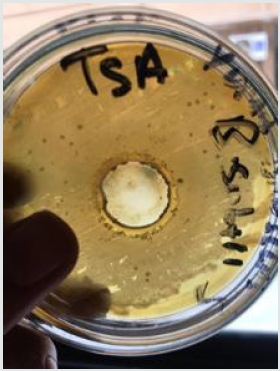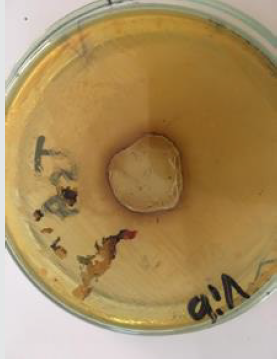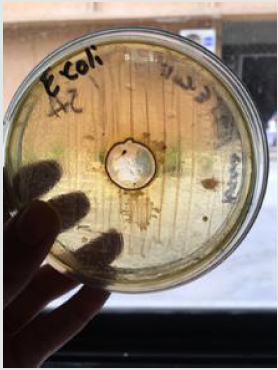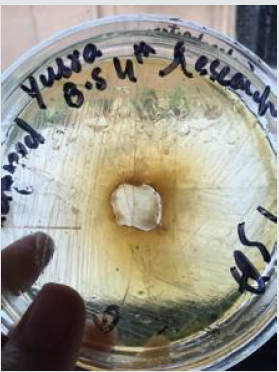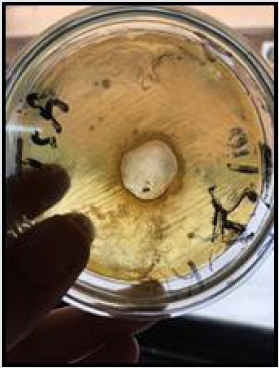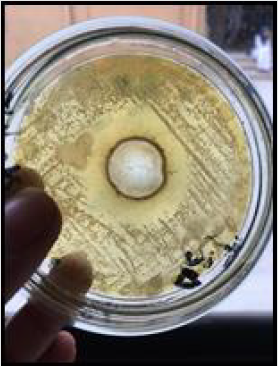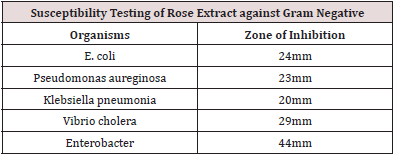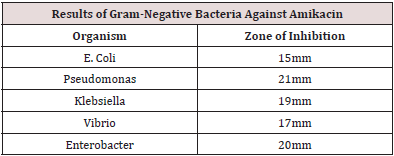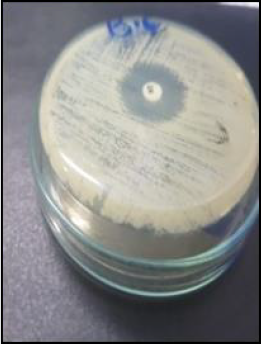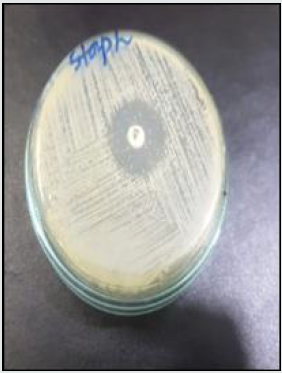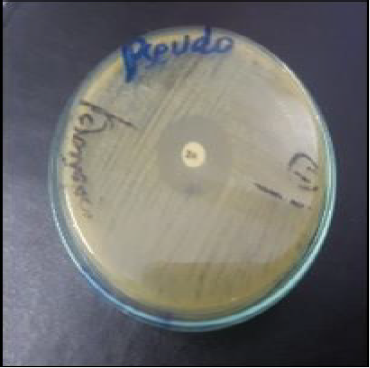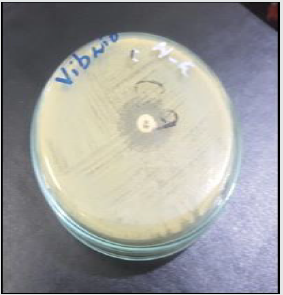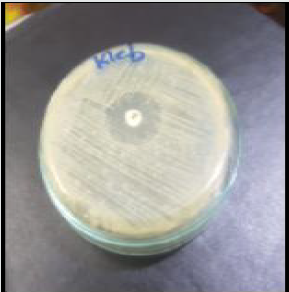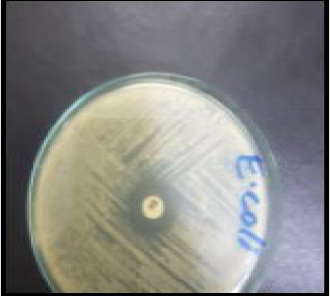Lupine Publishers | Open access Journal of Complimentary and Alternative Medicine
Abstract
Background: Complementary itoms (CI), Traditional therapies (TTs), and Alternative therapies (ATs) use is common. ATs and TTs are used singly or with modern medicare for prevention, treatment as complementary therapy (CT), even during pregnancy globally. Their use seems to have increased, even in developed countries, with little recorded evidence of reasons for use, efficacy, and side effects.
Objectives: To know types of complementaries or CT used by pregnant women and reasons for use.
Material Methods: Present study was carried out. by interviews of 1200 women with predesigned tool in postnatal wards a day after delivery. More rural women delivered, but were equalized, 600 rural, 600 urban.
Results: Use of CI/CT was reported by 11.4% rural,11.2% urban women. Most frequently used item was Kesar (3%) during pregnancy, Coram seeds (2%) during labour, Aniseed (0.75%) and Coram seeds (0.75%) in postpartum. period with no difference weather rural or urban, less or more educated or of any, economic class. Those with physical symptoms were more likely to use CT/CI. Primigravida used for having natural birth. Six percent used CI postpartum for better lactation, elevated mood, prevent postpartum depression. CI were given to baby too, Honey was most commonly used for religious belief, source of energy, and to increase immunity of newborn too. Massage was universal.
Conclusion: CI/CT were used during pregnancy, labor, postpartum in wards, labour room without service providers knowing. Health professionals of modern medicine need to ask. Many of CI used were harmless, may be helping. Community based research is needed Institutes of Health (NIH) now has a division dedicated to the investigation of alternative and complementary therapies. (https://www.nccih.nih.gov/).
Keywords: Pregnant women; Complementary therapies; Reasons
Background
Traditional modes of prevention and treatment have always played a role in health care. They are used globally, and their use seems to have increased, even in the developed countries [1-5]. It was believed that almost four billion people worldwide used such therapies [6], either because nothing else was available, or accessible or not affordable or due to dissatisfaction with the modern medicine or may be the faith on such modes. In the Indian culture, use of traditional therapies (TT) have always been there. Am Fam Physician reported that in the present times women use TT with conventional modern medicine specially during pregnancy as complementary therapies (CTs). Some use kitchen itoms as complementary itoms (CI) While reviews have concentrated on the use of CI/CTs by pregnant women with recommendations for use by health professionals too during pregnancy, findings of relevant CTs-based studies have placed less emphasis on critically appraising the core elements of study designs and reporting. Limited reviews of CTs recommendations made by healthcare professionals revealed that CTs, particularly Aayurvedic, Herbal therapy, Chiropractic, Acupuncture/Acupressure, Massage, Homeopathy, and Aromatherapy were commonly recommended and used in the maternity settings [7-9].
Objectives
To know the types of CIs, CTs used by women, during pregnancy, labor, post birth, and reasons for use.
Materials and Methods
Present study was carried out after institute’s ethics’ committee’s approval over a year in the Obstetrics Gynecology department of a rural medical institute in Central India. Since sample size would have been hypothetical, so study duration was considered a key component and it was decided to collect information over 10 months to get sufficient study subjects , with one month for plans and one month for analysis, total one year study duration. The research assistant who was briefed about the objectives of the study, interviewed women with the help of a predesigned questionnaire in the local language, after taking consent a day after delivery. Subjects were interviewed, until maximum 6 days postpartum. If there were more than 6 births on a day, randomly 6 were interviewed and if less women delivered then all were interviewed, making around 120 cases in a month. Twelve hundred postpartum women were interviewed, they were asked about. CIs/ CTs they used during pregnancy, labour and postpartum. These women were of 20-39 years. Though more women who delivered were rural, as were overall health seekers at the rural institute, they were equalized, 600 rural and 600 urbans to get information as per the objectives. and see the differences in rural and urban women. Though more women were from lower economic class, but some were from middle and middle upper economic class. (Modified from Tiwari) [10] 58.1% were from middle economic status, more women were educated till primary school or secondary school. But some study subjects were undergraduate, and postgraduate studied too, 48.3% women were educated till secondary and 37.5% were graduates Education did not make any difference. In use of CT/CI Most of the women were of 20-29yrs, around 92%, Overall, 80.2% were housewives, 66% were nulliparous and 30.1 % were primi para (Table 1).
Table 1: Age, Rural Urban, Literacy, Occupation, Socio –economic status, Parity.
P –primary 1-Housewife U- Upper
S- Secondary 2- Labourer UM – Upper Middle
G- Graduate 3- Work in Own Farm M - Middle
PG- Post Graduate 4- Office work LM- Lower middle
5- Skilled worker L- Lower

Results
During labour the CIs used were Cloves, Saunf, Beetle Nut, Coram Seeds and Cardamom by 2.5% rural women and 3.3% urban. Most of those who consumed CIs were of middle class and of 20-29yrs. Overall nearly 6% laboring women used CIs. They did not inform about CIs to any health provider. The reasons given were that medication given in the hospital did not completely resolve the labour related ailments and CIs provided a more natural and faster relief. They said the usage of CIs increased the chances of natural birth and decreased the pain during delivery. Coram seeds were used by 1.6% women. CIs were used by 2.5% women in postpartum period. Common items used in post-partum were Cloves, Beetle nut, Ani seeds, Coram seeds, and Cardamom. Aniseeds and Coram seeds were used by 0.75%, Beetle nut by 0.4%. Women used CIs for preventing postpartum depression, mood elevation and improving lactation (Table 5).
Table 5: Complimentary Therapy in Postpartum period.
U- Upper UM – Upper Middle M- Middle LM – Lower Middle L- Lower
P0- P1 P2- Parity
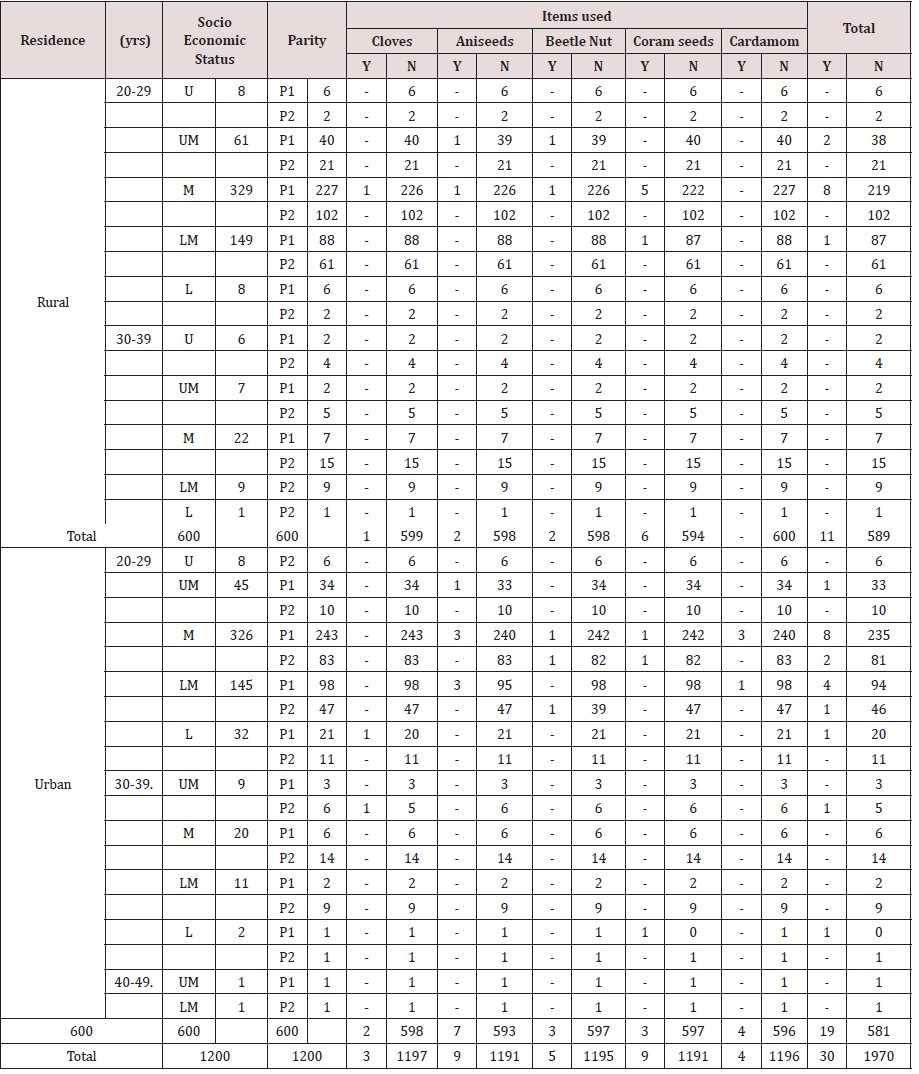
CIs like. Honey, Jaggery water, Jira water, Glucose water and Sugar water were also given to the babies. Over all 4.3% women gave CIs to their babies. Mostly Honey and jira water. with no difference in rural or urban women. Over all 4% women gave CIs to babies, Honey or Sugar in water, by 1.8% followed by Jaggery. It was revealed that more urban women, 34 (5.6%) used CIs for baby compared to rural women 18 (3%). CTs for baby were considered a source of energy to the newborn as well as were believed to boost the immunity of the newborn in conjunction with breastfeeding (Table 6). Tradition of massage was almost universal, legs and back during pregnancy and all over the body in postpartum, and to the baby too. This was irrespective of economic status or education.
Table 6: Complimentary Therapy Given to Baby.
U- Upper UM – Upper Middle M- Middle LM – Lower Middle L- Lower
P0- P1 P2- Parity S – Strong H - Healthy
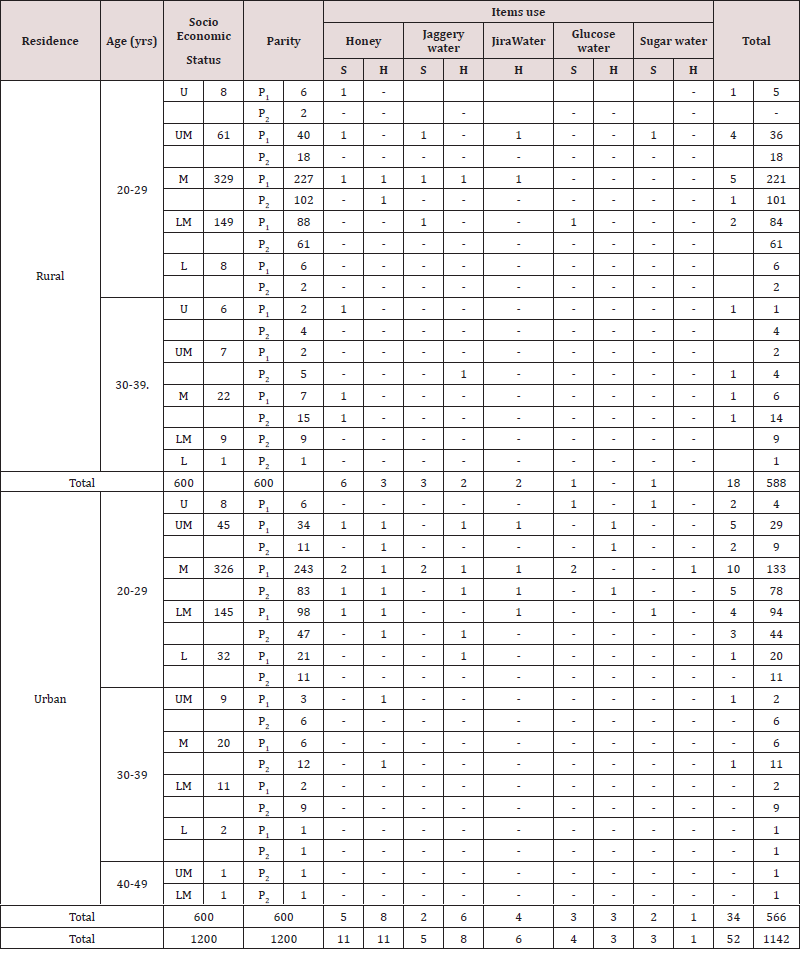
Discussion
AT, TT, CTs and CIs encompass a broad spectrum of beliefs and practices used for treating or preventing various disorders and also for health promotion. Such CTs or CIs are believed to be used by pregnant women, for better growth of the baby or treating minor aliments or smooth birth process and may be women or their families had other notions Tiran [11] also opined that CTs may not be entirely free of risk. Still the use of TTs or ATs, CTs has become increasingly common in developed countries too, with women being the most frequent users. After review of various studies about CTs for perinatal depression. Sparling [12] reported that adequately powered systematic studies were necessary for knowing the role of ATs/CTs in the treatment of perinatal depression. Researchers reported that the estimates varied widely from 1% to 87%, but the general trend indicated that a significant number of pregnant women used CTs. Common modalities used included Massage, Herbal medicine, Relaxation therapies and Aromatherapy. Reasons for use varied and included the belief that these therapies offered safe alternative to pharmaceuticals and had better efficacy. They allowed greater choice and control over the childbearing experiences, In the present study when the usage of CIs/CTs was studied it was found that women of 20-29 years of age used these therapies the most. Body massage was universal. Women used CTs/CI for relief from anxiety during pregnancy and delivery and used them for a smoother delivery process and better outcome No difference was found with education or economic status. Most of the women using CTs had studied upto secondary school. Most of the women were housewives.
Truijens et al. [13] reported that many women were habitual users of such items in daily life. So, they continued using them even in pregnancy and delivery with the belief that CTs/CIs prepared the body better for pregnancy and labor. It was found that CIs were used more often in labor by primigravidae. This could be due to anxiety about the birthing experience with a lower threshold for tolerance of minor ailments, pain and desire of better birthing experience. And also, women listened to whatever was told by the family. Most expectant women used CIs on advice of family and friends, and they did not disclose use of CIs to their care providers. Skouteris [14] in his study, reported that half the Australian women surveyed consulted ATs practitioner for pregnancy related health conditions. It was quite common for women to consult multiple AT practitioners alongside their conventional maternity care providers. If a woman consulted a AT practitioner and conventional care provider simultaneously for the management of the same condition, without disclosing use of ATs to either practitioner, this could creat risk for mother or baby or both through possible pharmacological interactions between treatments or broader conflicts between the treatment goals of the two (or more). Bridee [15] reported that CTs use among pregnancy similar to non-pregnant, while during postpartum CTs use decreased., only 7.6% of women did not take any medicinal product throughout pregnancy. In various studies done for CTs results varied because they were affected by a number of factors. Health professionals of modern medicine needed to ask women about use of ATs or TTs CTs. Women may choose AT or CTs in pregnancy to have control over growth of baby and hence perceived as safer treatment option in pregnancy and childbirth or to select a treatment choice not covered by conventional medicine to prepare the womb and cervix for childbirth.
In the study by Jung et. al [16,17] the proposition of CT user among pregnant women was relatively high. Health providers, while respecting the beliefs of communities, needed to find means of best advocacy for safe practices. Knowledge of ATs/TTs, CTs CIs needed to be part of everyday clinical practice for the practitioners of modern medicine. They needed to promote beneficial practices and discourage the harmful modalities, for which research is essential. Awareness needs to be created in a sensitive way and also make health providers aware of existing ATs, TTs and CIs. Study by Hollyer [18] revealed a generalized lack of knowledge and poor understanding of the possible risks to women. and researcher reported that women’s holistic needs may not be met within a medical model of maternity care So CTs have a place. Many pregnant women who used CTs did not know whether they did good or bad to the mother and/ or the baby. The lack of awareness could lead to serious hazards in the mother and /or the baby. Massage and Aromatherapy were used for treating anxiety, Acupressure for back and pelvic pain and Acupressure, and ginger for morning sickness is known.
In the present study in past pregnancy less women had taken traditional medicine and Low Dog [19] reported that they had lack of knowledge of these products and hesitated because the safety of these products was not known. The women felt that they could have better control of pregnancy and improved growth of the baby. In general, CTs are increasingly being integrated into maternity care [20]. Use of Herbal and other natural treatments have been reported to be increasing in the United States and Canada, also as valid treatments [21]. Because Herbal and other natural remedies were not regulated to the same degree as traditional pharmaceutical products, use in pregnancy a potentially vulnerable time for both mother and fetus, so monitoring such things was thought to be essential [22]. Kesar and Carom seed use in pregnancy as per their traditional belief, cleaned the stomach and helped in reducing vomiting and indigestion. During post-partum period it increased the energy in the body and prevented infection Health and Balanve Guife [23] reported that for Nausea; Acupuncture, Acupressure, Ginger root worked well and were considered safe for pregnant women, Exercise, hypnosis and on Herbs close to the skin have been stated to be beneficial in turning a breech baby. Relaxation techniques, patterned breathing, emotional support, and selfhypnosis are already widely used CT in labor. Robust research is needed to understand their utility, benefits and concern if any. Pregnant women struggle with various health issues that can affect fetal development and normal delivery in the present study overall use was somewhat lower than expected. Conovar [24] from a single, urban hospital found that, 4.1% of women reported using an Her
During labour Coram seeds were consumed by women with the beliefs that the conventional medications did not cover all the ailments and CI provided better and faster relief of symptoms. Moreover, they prepared the uterus and cervix for a better birthing experience and increased the chances of natural birth. Women reported CIs improved lactation and specially in prim para lowered the chances of postpartum depression, elevated mood and symptomatically treated minor ailments. For the baby honey was the commonest CI given. According to Pallivalappila et al. [25] the application of a consistent and useable CTs definition proved to be a major issue. However, what is used, why is used are not well known. There are very few high-quality studies about the effectiveness CTs or ATs and more studies are needed. Studies should focus on the safety of specific with respect to wide range of pregnancy conditions and outcomes. Indeed, whether or not a particular therapy is deemed to be CTs may differ between countries, healthcare settings, and specialities. The lack of definitions and checklists may explain why the reported prevalence of CTS use appears to be highly variable, even within similar populations. However, what is used, why is used are not well known. Research is needed.
Conclusion
Community based research is needed to gain a greater understanding of the true use of AT, TT, CTs, CIs by pregnant women. Health professionals should ask women about use. It is essential to know what they use during pregnancy, labour and after delivery. Further evaluation of CTs among pregnant and postpartum women is necessary to determine the costs and benefits of integrative TTs in conventional care. Larger studies are needed for better understanding of the role of CTs in pregnancy (Graph 1-5).
Follow on Twitter: https://twitter.com/lupine_online
https://lupinepublishers.com/complementary-alternative-medicine-journal/fulltext/use-of-complementaries-by-pregnant-women.Id.000147.php

